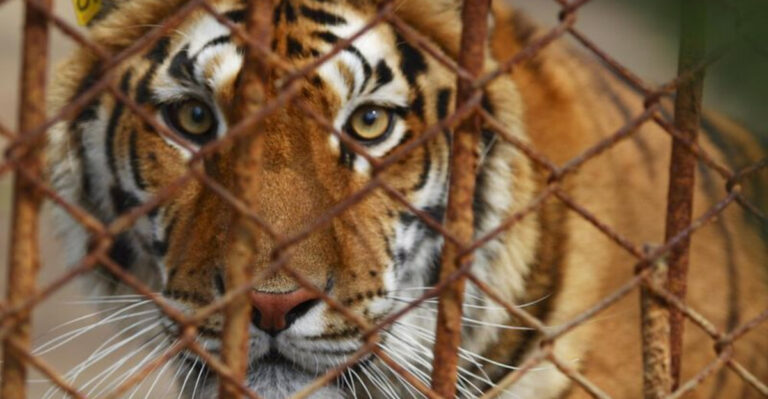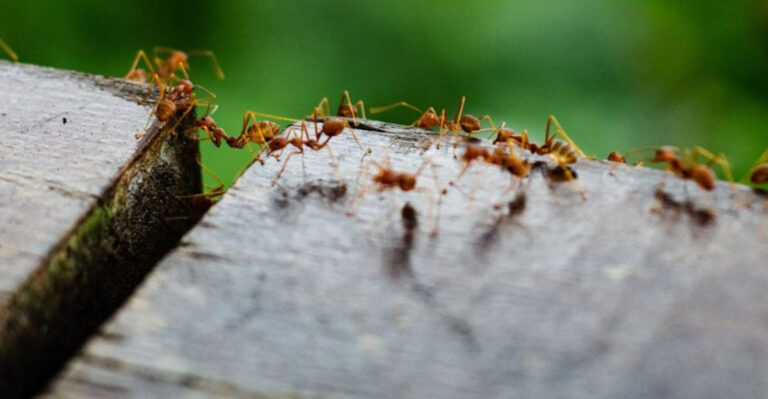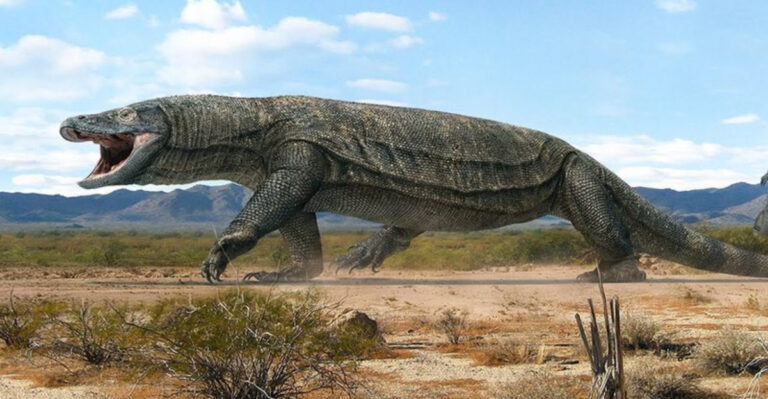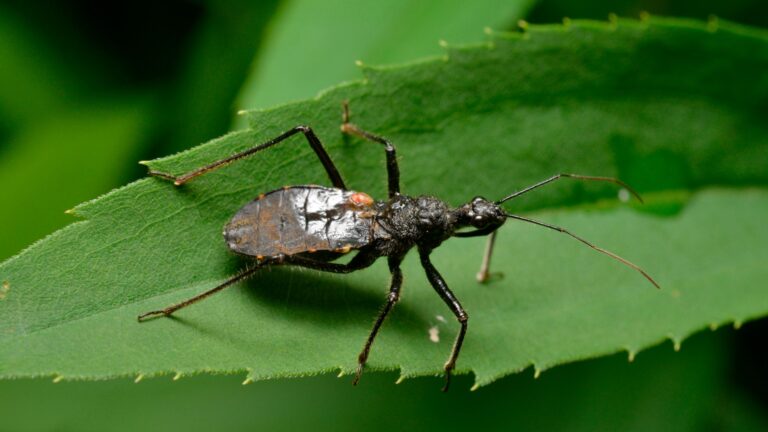Wild Lynx Makes A Rare Appearance After A Century Of Absence
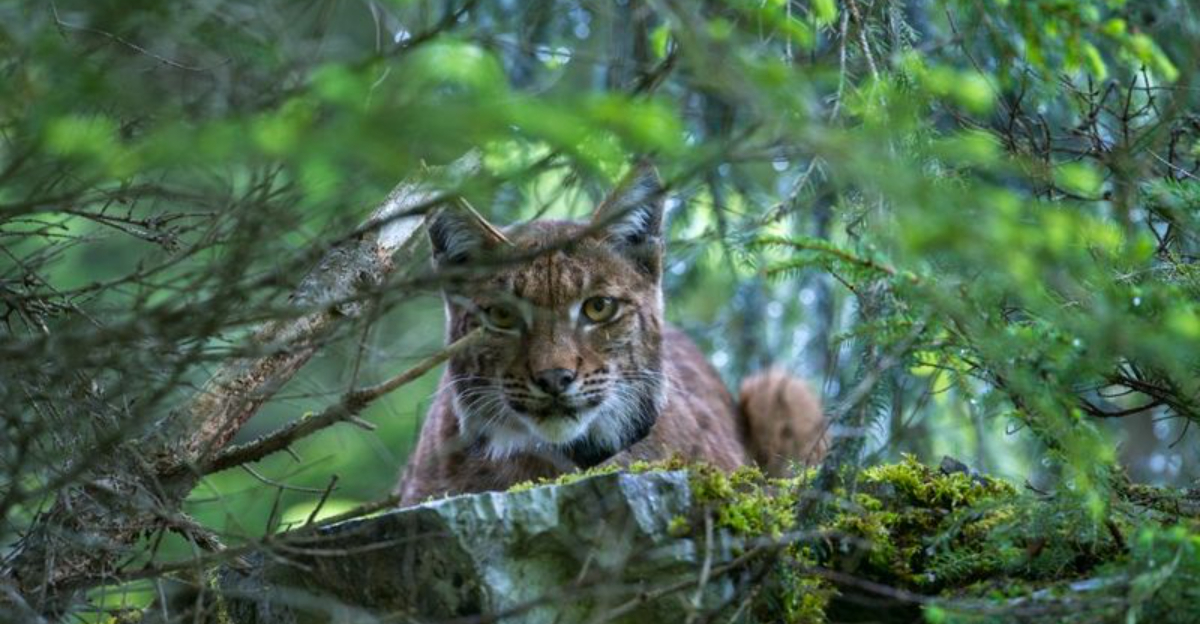
Imagine walking through a forest and spotting a creature many thought was gone forever. That’s exactly what happened when a wild lynx was recently sighted after disappearing from local forests for nearly 100 years!
This remarkable return has scientists buzzing with excitement and locals sharing stories of the mysterious cat.
The lynx’s comeback offers us a chance to learn about these amazing animals and what their return means for our environment.
1. Ghost Of The Forest Returns

The elusive lynx, once a common sight in these forests, vanished in the early 1920s due to hunting and habitat loss. Many locals had only heard stories from their grandparents about the tufted-eared cats that moved like shadows through the trees.
Scientists confirmed the sighting through trail camera footage that captured the distinctive spotted coat and bobbed tail. The returning lynx appears healthy and well-adapted despite the century-long absence.
What makes this return particularly special is that it happened naturally, without human reintroduction efforts, suggesting the ecosystem might be healing itself.
2. Mysterious Midnight Wanderer
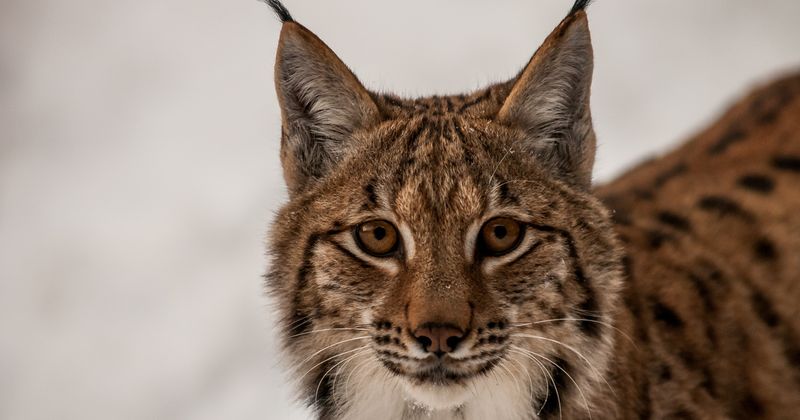
Lynx primarily hunt during twilight hours, explaining why so few people have spotted our returning forest neighbor. Their stealthy movements and incredible patience make them nearly invisible to human eyes.
Equipped with specialized hearing, those tufted ears can rotate independently to pinpoint the tiniest sounds of prey moving under snow. Their large paws act like natural snowshoes, allowing them to move silently across snowy landscapes while staying on top of deep drifts.
Motion-activated cameras have captured most evidence of the lynx’s return, showing it’s most active between 2-4 AM when the forest is quietest.
3. Nature’s Perfect Predator
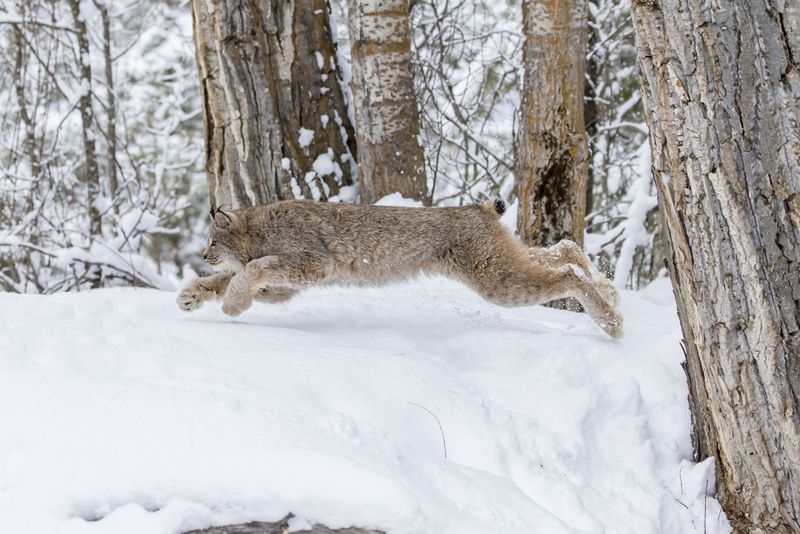
Built for hunting in harsh winter conditions, the returning lynx represents one of nature’s most specialized predators. With powerful hind legs, these cats can leap up to 25 feet in a single bound – about the length of a school bus!
Their diet consists mainly of snowshoe hares, and this relationship is so important that lynx populations naturally rise and fall with hare numbers in a famous 10-year cycle.
Scientists are now watching closely to see if our returning lynx can find enough prey. Unlike mountain lions, lynx rarely attack animals larger than themselves and pose virtually no threat to humans.
4. Why They Vanished
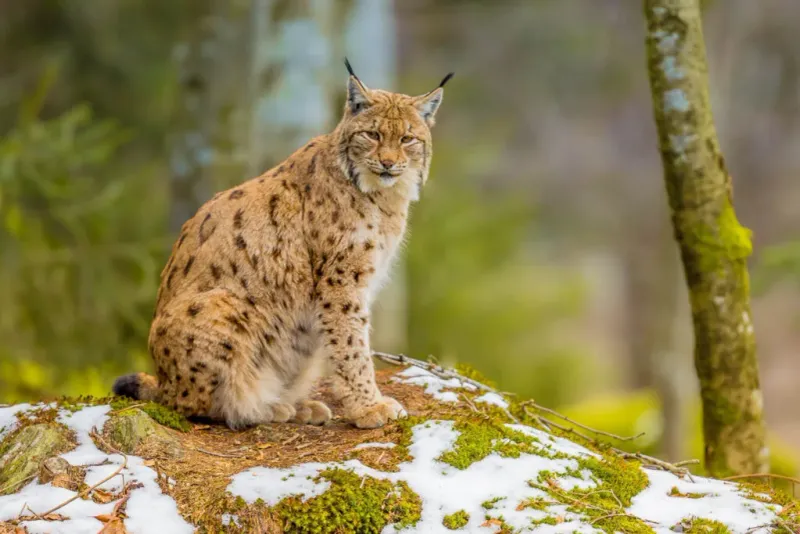
The original disappearance of lynx from the region wasn’t mysterious – it was tragically predictable. Fur trappers targeted these cats relentlessly for their beautiful spotted pelts, which fetched high prices in fashion markets of the early 1900s.
Logging operations simultaneously destroyed the old-growth forests lynx needed for denning and hunting. The combination proved devastating.
Climate change also played a role by affecting snowfall patterns, which in turn impacted snowshoe hare populations – the lynx’s primary food source.
Without enough hares, the remaining lynx couldn’t sustain their numbers, leading to local extinction by the 1920s.
5. Environmental Detective Work
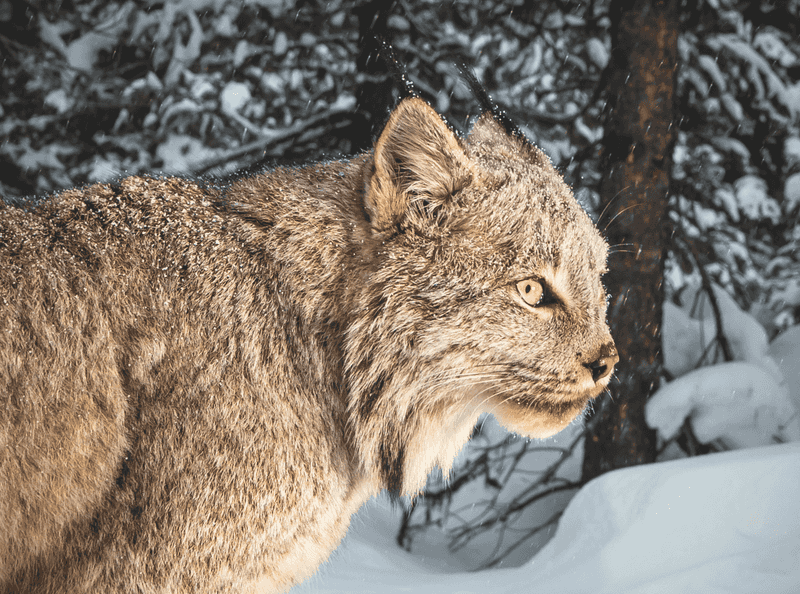
Tracking the lynx’s movements has become an exciting challenge for wildlife biologists. Paw prints in snow reveal much about these secretive cats – each track measures about 3.5 inches wide, significantly larger than a house cat’s print.
Scat samples collected by researchers contain undigested fur and bone fragments, helping scientists understand what the lynx is eating. DNA analysis of these samples confirms this isn’t an escaped zoo animal but shares genetic markers with lynx populations from about 200 miles north.
Motion-triggered cameras placed along game trails have captured over 30 images of the lynx in different locations, suggesting it’s establishing a territory of roughly 15 square miles.
6. Signs Of A Healthy Ecosystem
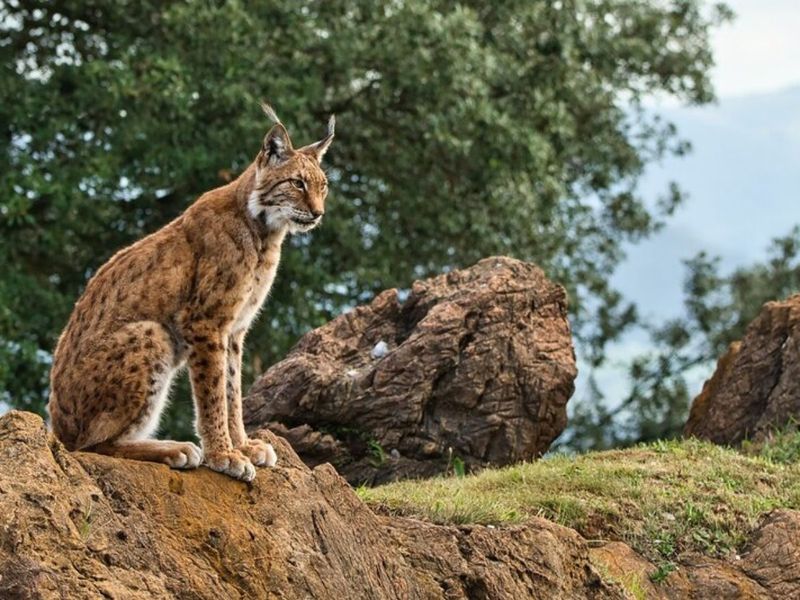
Ecologists are celebrating because lynx require specific habitat conditions to survive. Their return suggests the forest has reached a tipping point in its recovery after decades of conservation efforts.
As apex predators, lynx help control populations of small mammals, creating what scientists call a “trophic cascade” of benefits throughout the food web.
When predators return, the entire ecosystem often becomes more balanced and diverse. Bird populations particularly benefit from the lynx’s presence. By keeping rodent numbers in check, ground-nesting birds face fewer egg predators.
Already, researchers have noted increased nesting success for several threatened songbird species in areas where the lynx has been spotted.
7. Not Alone: Other Returning Species
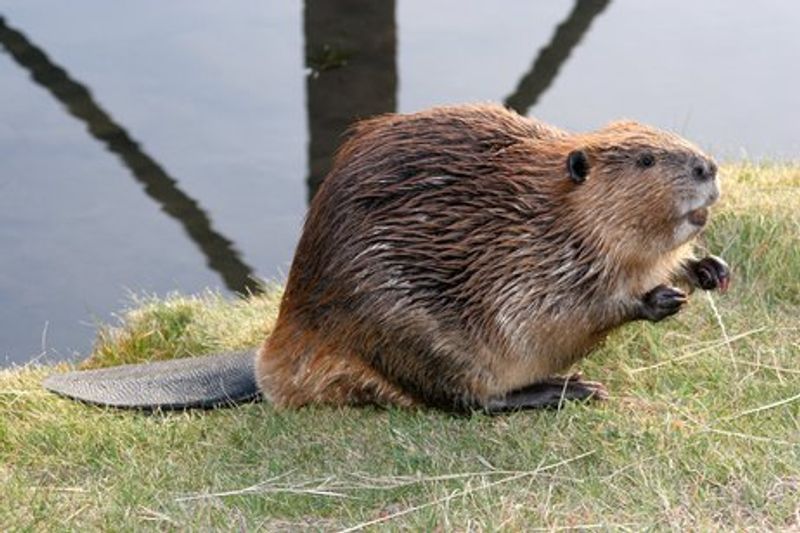
The lynx isn’t the only animal making a comeback to these forests. Its return follows successful recoveries of wolves and fishers in the same region, suggesting a broader ecological restoration is underway.
Beavers have also returned to local waterways, creating wetland habitats that support amphibians and waterfowl. Their dams help regulate water flow and create meadows that benefit deer, another occasional prey animal for lynx.
Even certain plant species are showing signs of recovery. The forest floor now boasts wildflowers that were once rare, thanks to the more balanced ecosystem with all its natural components in place. This interconnected recovery shows how one species can signal broader environmental health.
8. Local Legends Come Alive
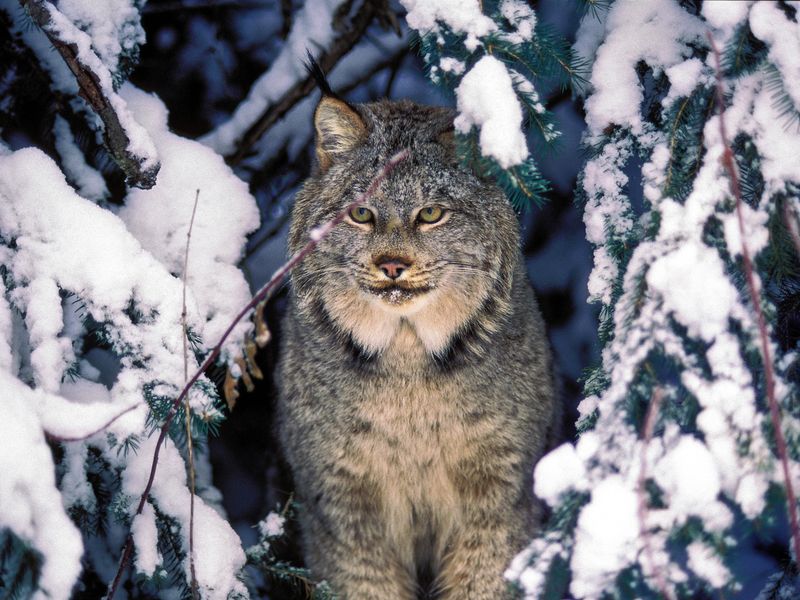
For generations, stories of the “ghost cat” remained alive in local folklore even after the actual lynx disappeared. Grandparents would tell children about the magical cat with tufted ears that could vanish into thin air when approached.
Some Native American tribes in the region considered the lynx a spiritual messenger between worlds. Their traditional stories described the lynx as a keeper of secrets and guardian of the forest. Now that the lynx has returned, these stories have taken on new significance.
Local schools have incorporated lynx education into their curriculum, and community art projects celebrate the cat’s return with murals and sculptures that blend scientific accuracy with cultural heritage.
9. Adapting To A Changed World

Today’s forest differs dramatically from the one lynx inhabited a century ago. Roads now crisscross the landscape, and housing developments encroach on what was once wilderness. Yet somehow, this adaptable cat is finding ways to navigate these obstacles.
GPS tracking collars (which researchers hope to place if they can safely trap the lynx) have shown similar cats using culverts and wildlife underpasses to safely cross roads in other regions.
Their primarily nocturnal lifestyle helps them avoid human activity. Climate change presents another challenge, with winters becoming shorter and less snowy, potentially affecting the lynx’s hunting advantage over prey. Scientists are watching to see how this returning predator adapts.
10. Protection Efforts Underway

News of the lynx’s return prompted immediate action from conservation groups. Emergency protection measures now include temporary restrictions on development in key habitat areas while officials work on a long-term management plan.
Local hunters and trappers have voluntarily agreed to avoid certain areas where the lynx has been spotted. Many have become enthusiastic supporters of the cat’s return, recognizing its importance to forest health.
Educational programs are reaching out to landowners whose properties might be part of the lynx’s territory. Simple measures like leaving brush piles for rabbit habitat and avoiding certain pesticides can help support the prey base the lynx needs to survive.
11. Could There Be More?
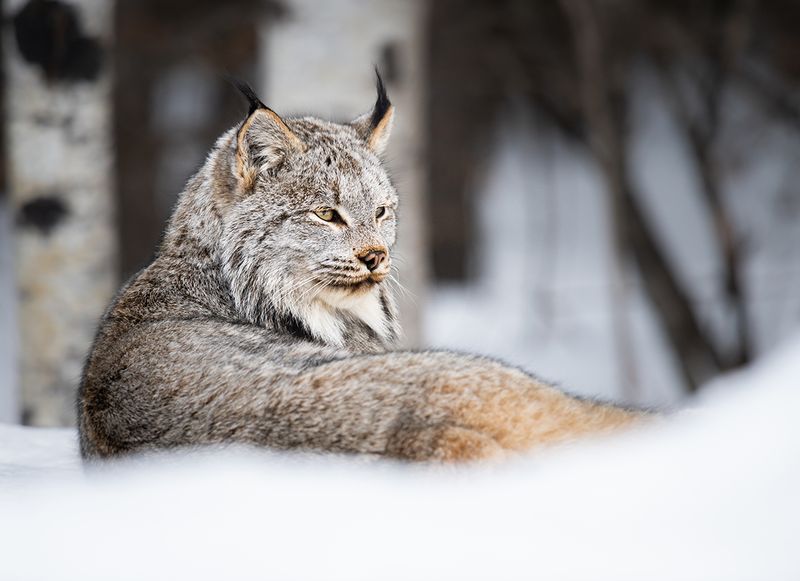
The million-dollar question keeping researchers up at night: Is this a lone wanderer, or are there others? Lynx typically maintain territories of 15-30 square miles, with males occupying larger areas than females.
Fresh tracks discovered in three separate watersheds suggest the exciting possibility of multiple individuals. Female lynx need suitable denning sites – typically hollow logs or protected rocky outcrops – to raise kittens.
Researchers have identified several potential denning locations in the region. For a sustainable population to establish, at least 3-5 breeding females would need to inhabit the area. Wildlife officials remain cautiously optimistic while continuing their search for evidence of a lynx family group.
12. The Science Of Recolonization
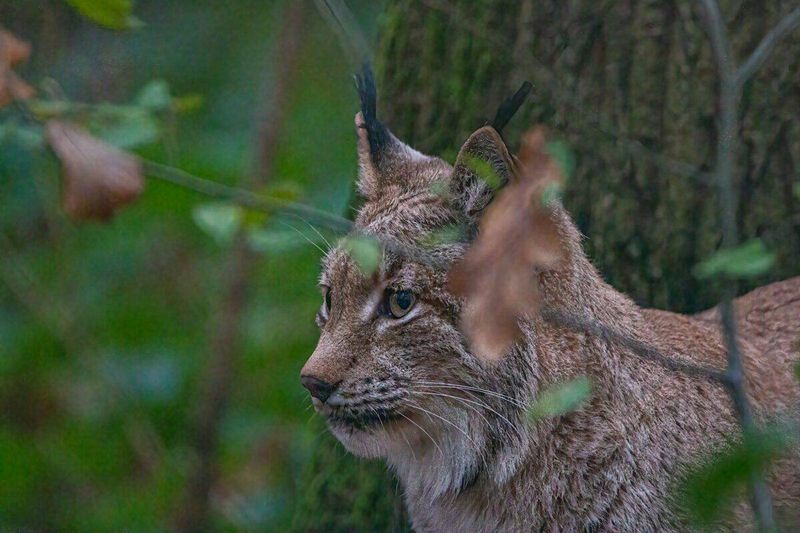
Natural recolonization – where animals return to their former habitat without human intervention – fascinates scientists studying ecosystem recovery. The returning lynx likely traveled over 100 miles from the nearest known population, an extraordinary journey through fragmented habitat.
Genetic testing of hair samples found on tree bark (where lynx often scratch to mark territory) will help determine which population this individual came from. Early results suggest connections to a Canadian population that has been slowly expanding southward.
Climate corridors – pathways of suitable habitat connecting larger wilderness areas – likely facilitated this natural return. Protecting these wildlife highways has become a priority for conservation planners working across state and national boundaries.
13. What This Means For Our Future
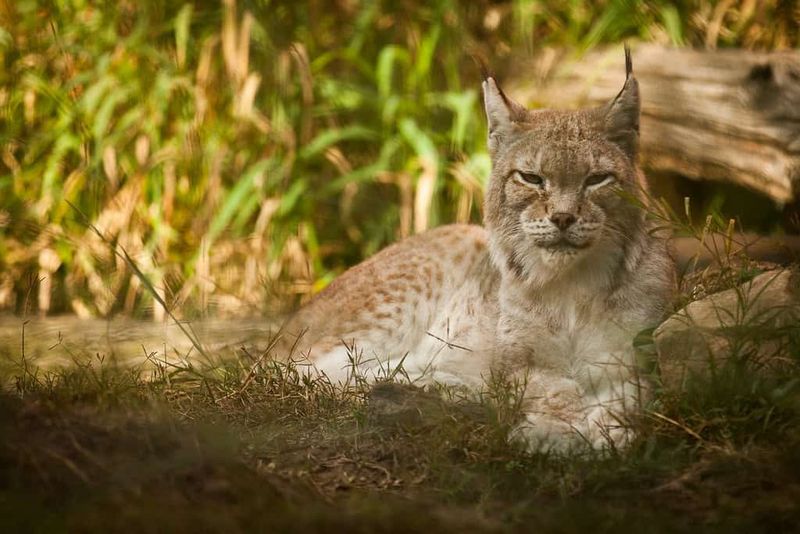
The lynx’s return represents more than just one species making a comeback – it symbolizes nature’s resilience when given a chance to recover. Communities once focused on resource extraction are now embracing ecosystem restoration as part of their identity and economy.
Wildlife tourism has already increased since news of the lynx spread, bringing welcome revenue to local businesses. Though few visitors will actually glimpse the secretive cat, many come hoping for that rare opportunity.
Most importantly, this story offers hope in an age of biodiversity loss. If we can restore habitat connections and protect key species, nature demonstrates a remarkable ability to heal. The lynx reminds us that conservation efforts, even when they seem futile, can bear fruit generations later.


